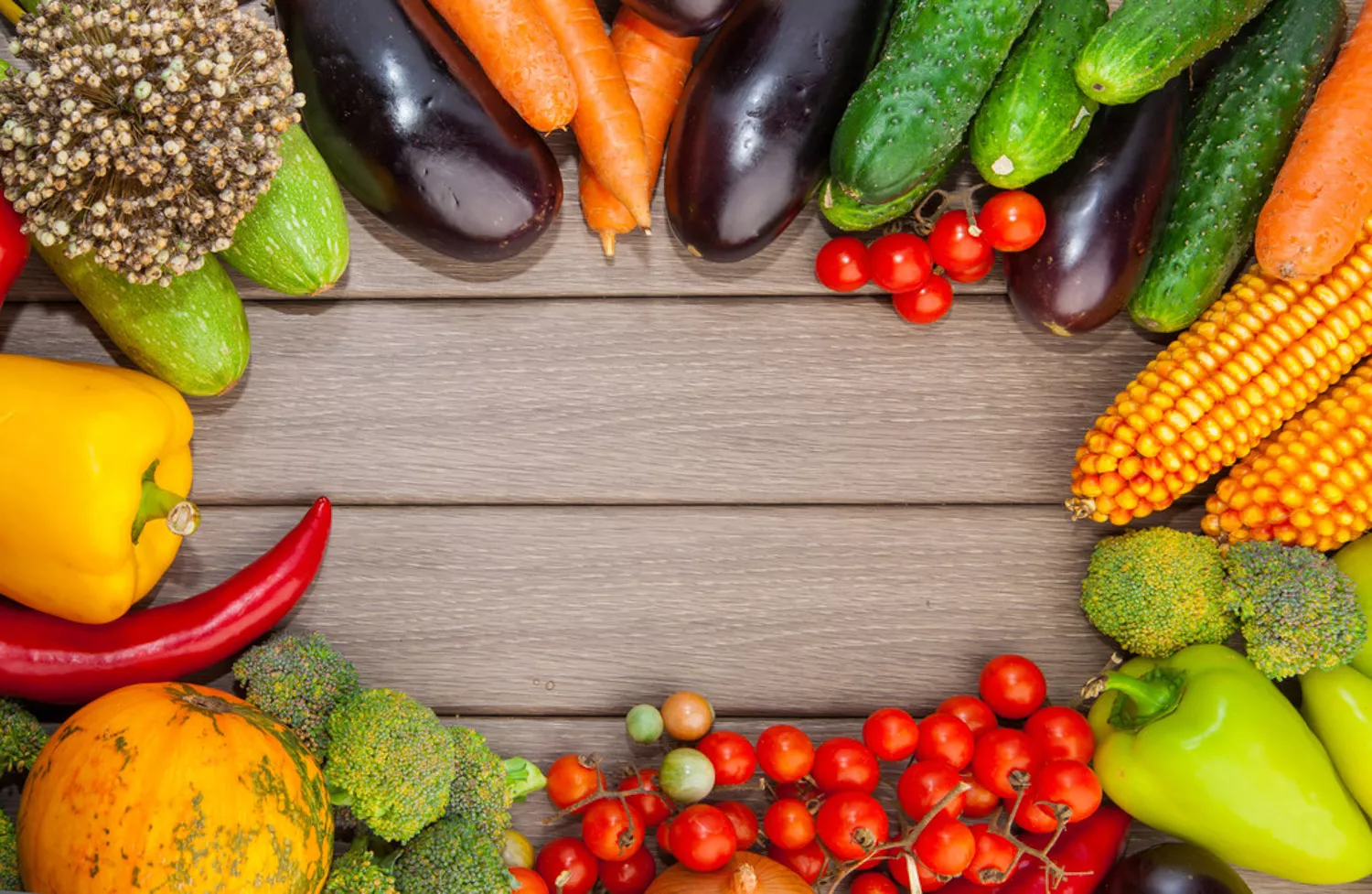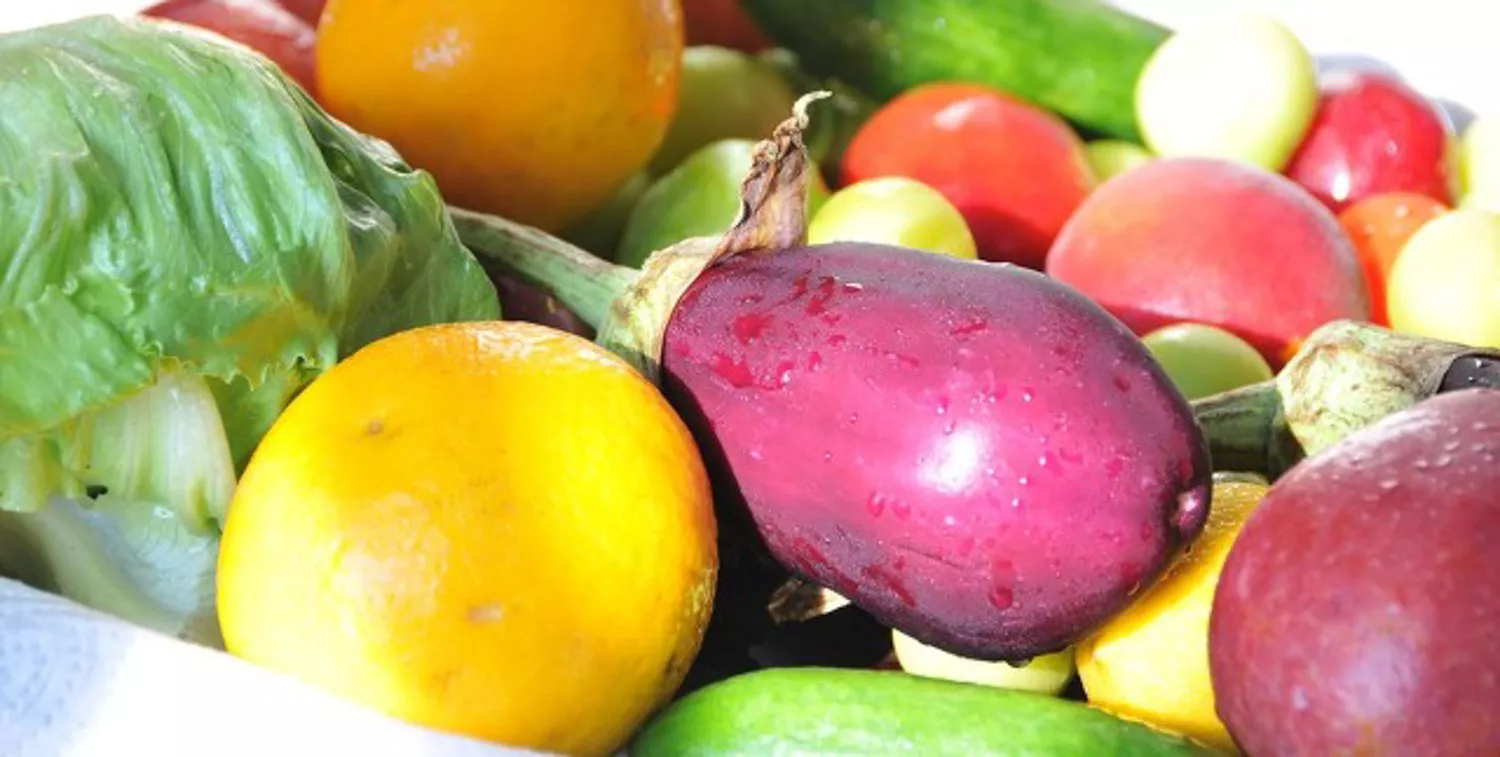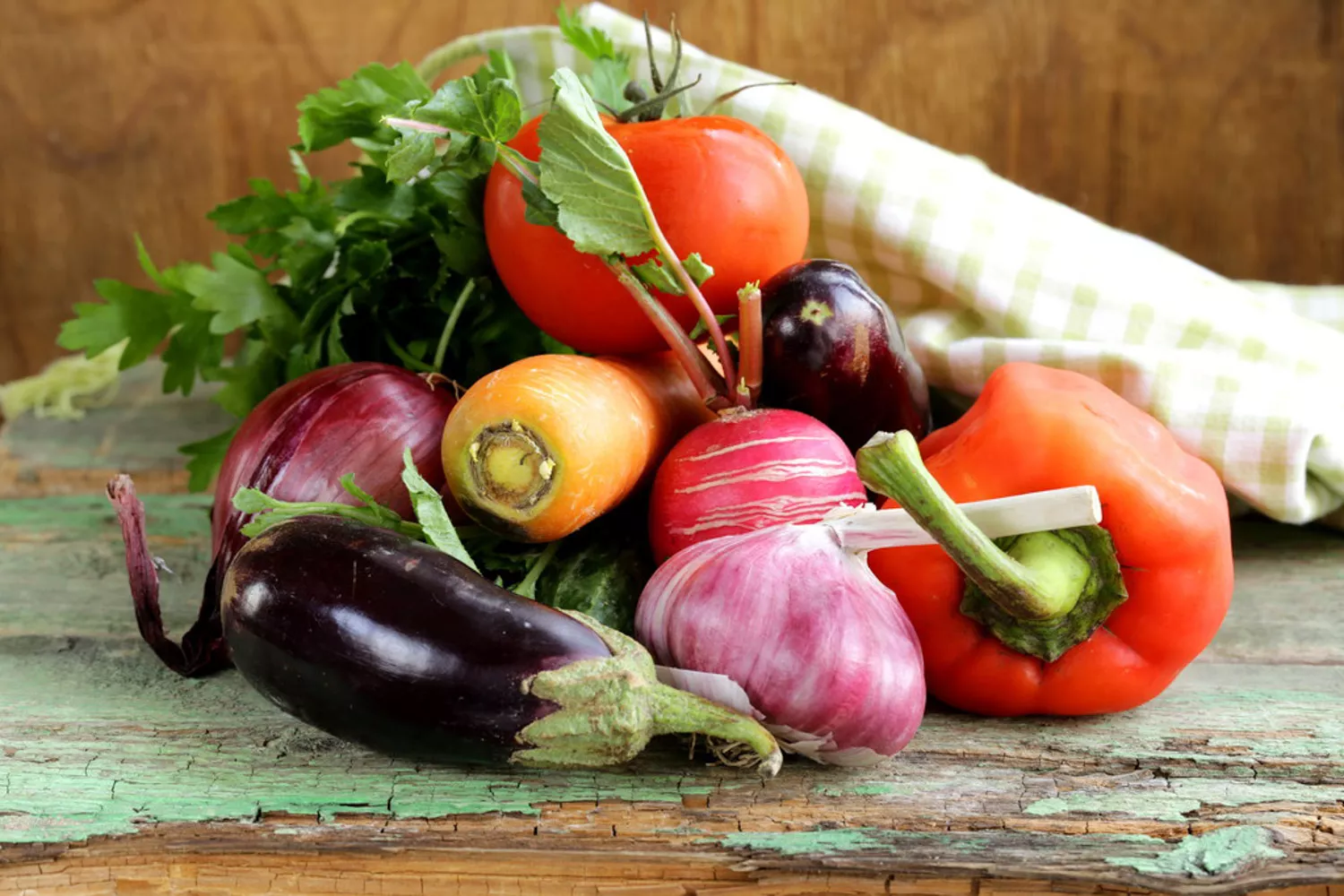I. Common potted vegetables
Fruit-bearing vegetables.
Colorful bell peppers, dwarf tomatoes, cherry tomatoes, hard fruit tomatoes, ornamental eggplants, small peppers, pocket watermelons and a variety of squash, melons, zucchini, okra and tangy eggplants.
Colored vegetables.
Leafy beets, various lettuces, purple-backed asparagus, perilla, purple dropwort, and flowering kale.
Green leafy health vegetables.
Vegetable lettuce, parsley, vine sansevieria, ground ivy, kings watercress, pearl cabbage, collard greens, basil, goji berries for leaves, leeks and jute for vegetables.
Root vegetables.
Cherry turnips, fruit skimmers, turnips, miniature radishes & carrots, etc.

II. Growing conditions
Planter selection.
Choose the right size pot.
You can choose plastic pots, mud pots or wooden pots, especially valuable varieties can also choose alabaster pots and glazed ceramic pots, and even foam boxes and empty plastic bottles can be modified to be used as pots.

Substrate, fertilizer selection.
- The substrate used must be clean, nutritious, free of pests and diseases, and thoroughly disinfected. Generally, grass charcoal, vermiculite, perlite, mushroom waste and clean river sand can be used as substrate.
2, can use hemp slag, peanut cake and other organic fertilizer, can also use fermentation bacteria compost, with cattle and sheep manure as the main raw material of fully rotted organic fertilizer.
- Certain microorganisms can be used to promote the growth of vegetables, such as rhizobacteria, photosynthetic bacteria and phosphorus solubilizing bacteria with nitrogen fixation and phosphorus solubilization, to promote the full utilization of nutrients by vegetables through the activities of these beneficial bacteria.
- Use plant-based and mineral-based biopesticides to control pests and diseases.
III. Technical points
1, choose the right size of the pot. According to the characteristics of vegetables, choose enough root development needs of the pot; such as melon and fruit root system developed, need large pots, eggplant and fruit can be slightly smaller.
2, fertilizer management to science. Ensure the supply of fertilizer, potted vegetables have limited nutrition, must be diligent watering fertilizer; use odorless organic fertilizer, timely watering and water control.
- Adjust the appropriate temperature, light and humidity. Different kinds of vegetables have different temperature and humidity requirements, and should be planted separately and managed differently.
- Thinning and vine management. In a certain degree of growth need to remove the top, inhibit growth, reduce nutrient consumption, and promote fruit; if necessary, also need to knock off the side branches. In addition, vegetables not only require good growth, but also require beautiful and artistic, dwarf crops to remove yellow leaves in a timely manner, tomatoes, melons and fruits should be built with bamboo or steel into a variety of shapes, so that the climbing growth.
IV. Control of pests and diseases
Catching bugs.
It's primitive but effective. Always keep an eye on the front and back of the leaves and the soil around them for signs of pests.
Homemade natural pesticides.
There are many simple and effective recipes, such as asparagus juice to kill nematodes that harm tomatoes; garlic is also a good fungicide and insect repellent and can be ground into a powder or squeezed into a juice to spray on vegetables and seeds; horseradish is also a strong fungicide and insect repellent, plus it has a purifying effect on the soil; orange peel, cayenne pepper, garlic, mint, marigold, sage, rosemary, aronia and other plants can be used to make insect repellents. This is because these less pest-affected plants must contain some kind of disease-resistant and insect-repellent substance.
Protecting seedlings with protective covers.
Wrapping a brown cardboard bark around the stem of a seedling and inserting it 5 cm into the soil with about 3 cm of ground exposed will effectively prevent ground tigers from coming and chewing off the seedling. This method can also be used against cotton bollworm.
Flush with water.
Spraying water with a water spray can will wash the spider mites off the leaves. Usually, they don't go back after being washed off. This method can also be used against aphids that damage roses.
Sprinkling of grass and wood ash.
Sprinkling a circle of grass ash or limestone dust around the vegetables will also protect them from ground tigers. However, be careful not to sprinkle the ash on the leaves of the vegetables.
